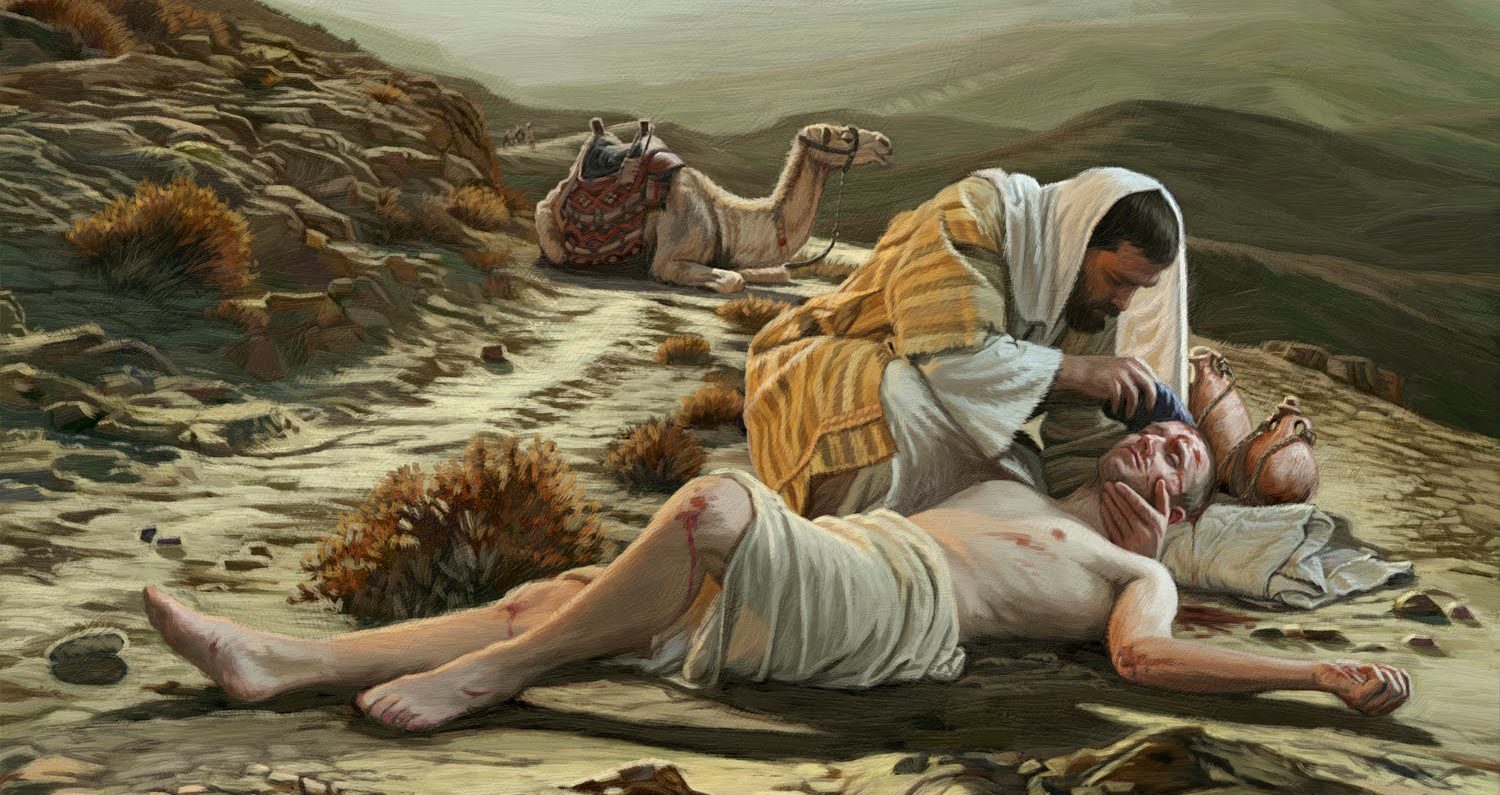
The parable of the Good Samaritan is the first example most books on parables use to demonstrate how early Fathers allegorized parables to death. Augustine takes the wounded man as Adam, the Samaritan as Christ, the inn-keeper as Paul, etc. etc. This excessive allegorization makes us shrink from doing the same. Of course, since Jülicher in the late 1800s, scholars have shied away from viewing the parables as allegories, especially following the Dodd-Jeremias path, who built on Jülicher.
But much scholarship–starting with responses to Jülicher and continuing up to today–has embraced that the parables are allegorical, or at least highly metaphorical. Three of Jesus’ parables are interpreted by Jesus himself as being allegorical: the wheat and the tares, the sower, and the net. The Jülicher tradition has denied the authenticity of these interpretations, but many scholars have successfully (in my opinion) shown that such denial is not realistic or warranted.
But even if three of Jesus’ parables were allegories, that doesn’t mean they all were. Perhaps many of them were drawn from every day experience, actual events that Jesus witnessed. Perhaps so. But when no interpretation accompanies a parable, we are left to determine whether there is any allegorical intent by Jesus.
In the case of the Good Samaritan, I don’t detect any allegorical intent by Jesus, especially since the parable concludes, “You, go and do likewise.” The parable is intended to correct the false premise in the law-expert’s question, “Who is my neighbor?” Jesus won’t let him bound love. He erases the boundaries and morphs the neighbor from object (“Who is my neighbor?”) to subject (“Which one proved to be a neighbor?”). Jesus’ parable therefore intends to teach the law-expert that, if he considers himself the neighbor, then he owes boundless love to all people everywhere.
But why did the Fathers allegorize this parable so intensely? Look at it! There’s a half-dead man, and we were “dead in our trespasses and sins.” The Good Samaritan binds the man’s wounds, and Jesus in his inaugural sermon cites from Isa 61:1, which in the MT says the Spirit has come upon him to “bind up the brokenhearted (Isa. 61:1, although Jesus doesn’t cite those words). The Samaritan makes a great sacrifice of his time and resources to care for the one he has saved, and Christ gave up his divine prerogatives to take the form of a servant (Phil 2:6-11). Likely more parallels could be drawn, but these are enough. The simple picture of the parable is so strikingly similar to the love Christ has shown us by saving us from spiritual death that it is difficult not to draw the parallels.
But that doesn’t mean Jesus intended to portray himself as the Samaritan. Thus, we cannot preach and teach this passage (if I’m right) by saying “this parable means…” or “from this parable we learn…,” going on to explain Christ’s salvation of us. The parable does not mean that unless Jesus intended it to. And I don’t think he did.
But when we preach and teach, we use illustrations. If I were preaching a sermon on Eph 2:1-5 (“you were dead in the trespasses and sins … but God … made us alive together with Christ”), I might use a story very similar to that of the Good Samaritan to illustrate what our salvation is like. Therefore, I suggest that in preaching this parable, we might conclude the sermon by reminding the congregation that, while the parable teaches about our universal and boundless obligation to love, the parable also reminds us and gives us a picture of the universal and boundless love shown to us by our Savior, who came to us when we were dead in our sins, made us alive, and cares for us with his unending intercession.
That, I would suggest, is appropriate allegory.
